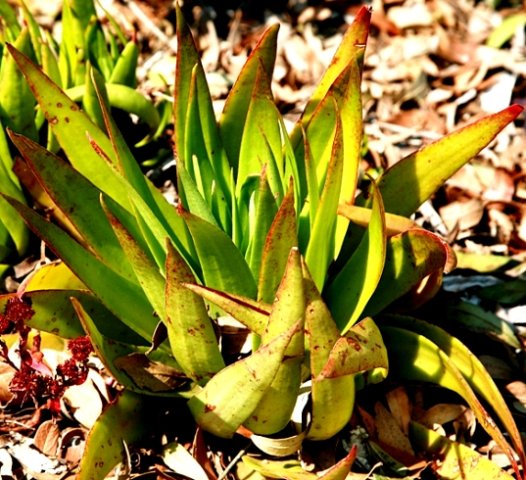Crassula alba

Author: Ivan Lätti
Photographer: Johannes Vogel
Crassula alba is a flowering succulent growing a basal leaf rosette and a large, nearly flat-topped, head-like inflorescence annually of mostly red, sometimes pink, white or yellow flowers at heights up to 50 cm. The fragrant flowers are small but form a compact head of numerous flowers to about 15 cm in diameter.
The leaf rosette of Crassula alba seen here probably belongs to C. alba var. alba. There are two more recognised varieties, viz. var. parvisepala with conspicuous maroon or purple leaf spots and var. pallida, a threatened species of Mpumalanga and beyond the border in Swaziland. What the pallid version looks like could not be ascertained at the time of writing this.
Each plant will usually have just one rosette. Leaf pairs along the flower stems are spirally arranged. Some drying out of leaf tips may be seen. Old dry leaves will remain on the stem. Leaf margins are sometimes folded in. The leaf surfaces are glabrous (hairless), although some scattered hairs are found on some plants.
The C. alba species distribution is in the east of South Africa, predominantly in Limpopo, Gauteng, Mpumalanga and KwaZulu-Natal, but also spreads into the east of North West, the Free State and the Eastern Cape.
The habitat is variable, often on rocky outcrops, in shallow soils on rock ledges, grassland and bushveld. The species is not considered threatened in habitat early in the twenty first century.
There is a report from Swaziland that according to some traditional belief one can use C. alba for becoming invisible. Those with such a need should take care in experimentation to avoid unknown side-effects (JSTOR; http://pza.sanbi.org; www.sntc.org.sz; http://redlist.sanbi.org).

